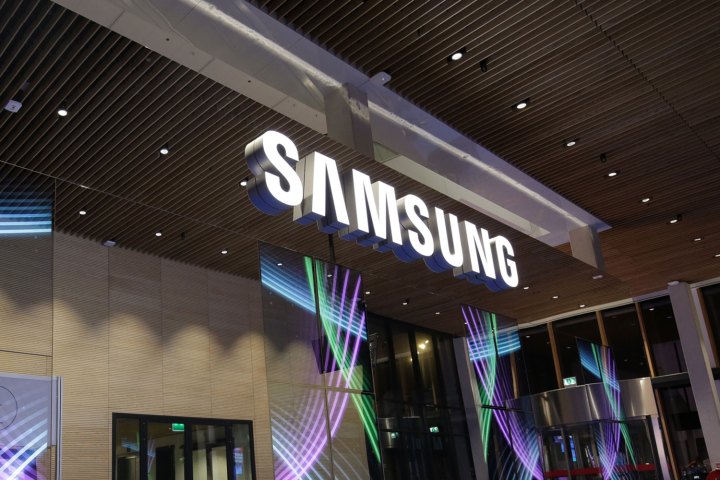
It’s going to take a lot to build up the goodwill that Samsung once had, needless to say, but you don’t have to tell Samsung — it’s getting out ahead of the problem. On Monday, the company ran a full-page advertisement in the print editions of three major U.S. newspapers — The Wall Street Journal, The New York Times, and The Washington Post –apologizing for the recall of the Galaxy Note 7.
“An important tenet of our mission is to offer best-in-class safety and quality. Recently, we fell short on this promise. For this we are truly sorry,” the ad read. “We will re-examine every aspect of the device, including all hardware, software, manufacturing and the overall battery structure. We will move as quickly as possible, but will take the time needed to get the right answers.”
The letter, which the Korean Herald reports was aimed at English-speaking consumers, seeks to allay fears that the company’s quality control has suffered in the wake of its past few missteps. “[Safety] remains our top priority,” the letter continued. “We will listen to you, learn from this and act in a way that allows us to earn back your trust. ”
In the advertisement, the company also apologized for 2.8 million top-load washing machines recalled earlier this week — the result of an investigation of 34 different models that found the top of the washing machines could detach from the chassis. According to the U.S. Consumer Product Safety Commissions (CPSC), over 700 reports of serious malfunction had been documented prior to the recall, including nine involving injuries.
The public relations blitz comes on the heels of Samsung’s continuing investigation into the Note 7, some units of which exhibited a critical flaw that caused them to catch fire while charging. In the U.S., Samsung received 96 reports of phone overheating, including 13 reports of burns and 47 reports of property damage — a fault the company initially blamed on a battery defect.
Following bans on the Note 7 by airlines, public transit authorities, and businesses, and a recall order by the United States Consumer Product Safety Commission (CPSC), Samsung began swapping out defective Note 7 models with new, ostensibly “safe” replacements. Unfortunately, the company’s travails didn’t end there — reports began to emerge of brand-new handsets catching fire. After CPSC issued a second recall and the Federal Aviation Administration declared bringing the Note 7 onto a flight a federal crime, the company halted production of the Note 7.
According to a New York Times report from October, the company still doesn’t know what caused issues in the Note 7, and has not been able to reproduce the problem in tests. Samsung’s mobile chief, Dongjin Koh, pledged to “find the exact cause to restore trust of consumers so that they can use Samsung products without any safety concerns.” And at a recent shareholders meeting, Samsung co-chief executive J.K Shin said the company would expand its investigations “beyond batteries.”
Samsung has been proactive in its efforts to rebuild consumer confidence. It set up exchange booths in airports to help Note 8 owners transfer their data to a replacement device, an effort it credited with helping more than 85 percent of Note 7 buyers in the U.S. to return their defective devices. To encourage holdouts, the company issued a software update to Note 7 units that limited their ability to charge and issued a pop-up reminder every time the phone’s rebooted, switched off, or plugged in a charge.
The company’s also offering discounts on its future flagship smartphone to customers who replace their Note 8 with another Samsung device.
There’s a lot at stake. During the Samsung’s third-quarter earnings call, it reported a 7 percent decline in revenue to $42 billion and a 30 percent nosedive in operating profit to $4.6 billion year-on-year. Predictably, the mobile division was hit hardest of all — it reported operating income of $87.9 million, down 96 percent year-over-year and the lowest in eight years. And According to Strategy Analytics, Samsung suffered a steep decline in market share, shipping just 75 million smartphones in the third quarter — or 10 percent less than the 83.8 million in managed to ship in the same quarter.
But the company expects its phone business to rebound. Specifically, Samsung’s projecting growth in demand for smartphones strong enough to drive its fourth-quarter profits to $1.9 billion — close to the levels seen in the same period last year.


